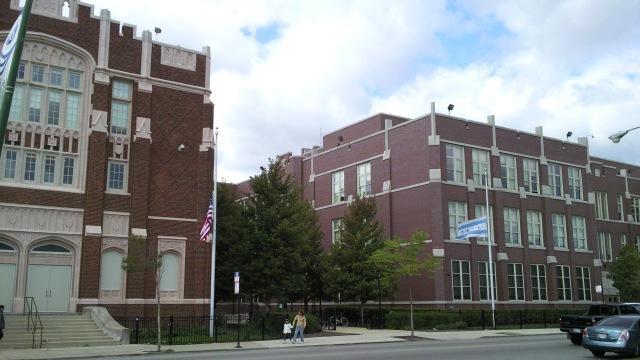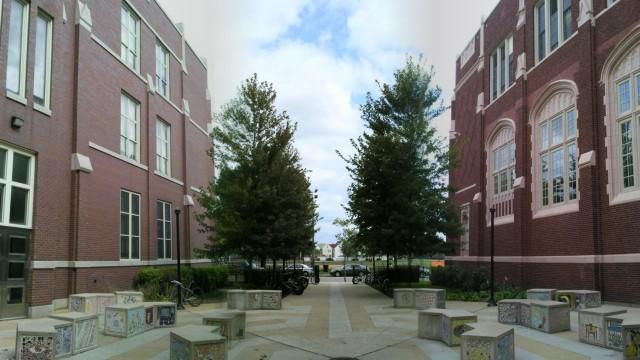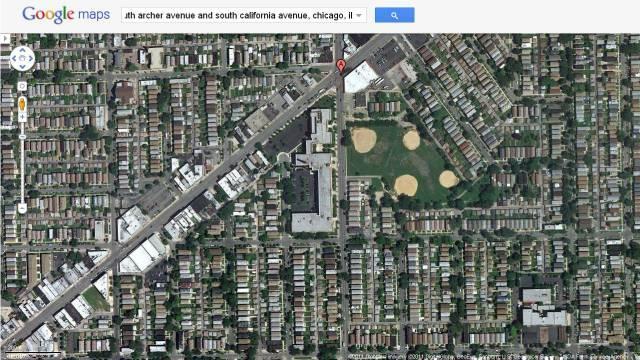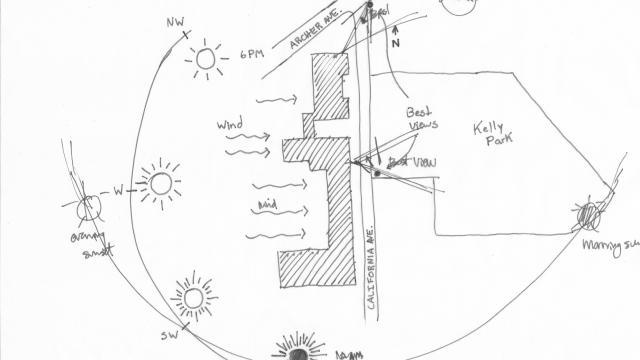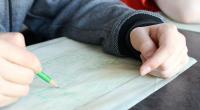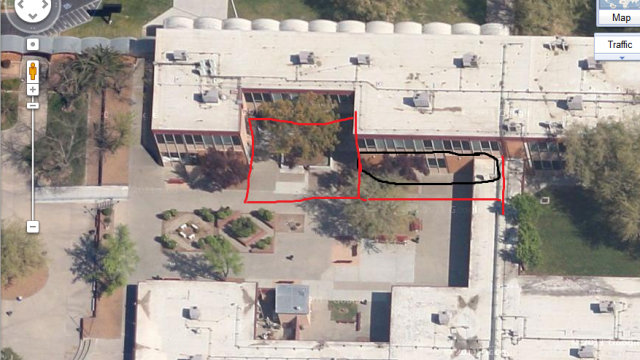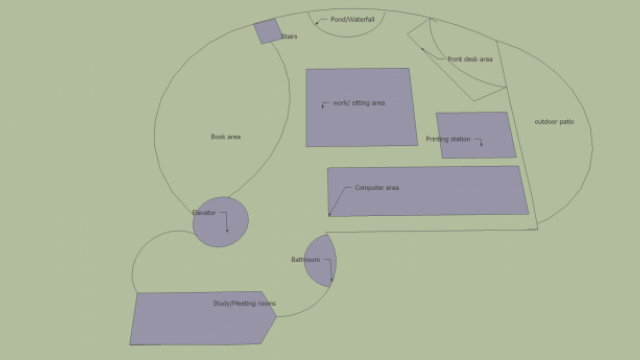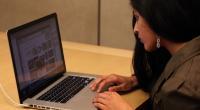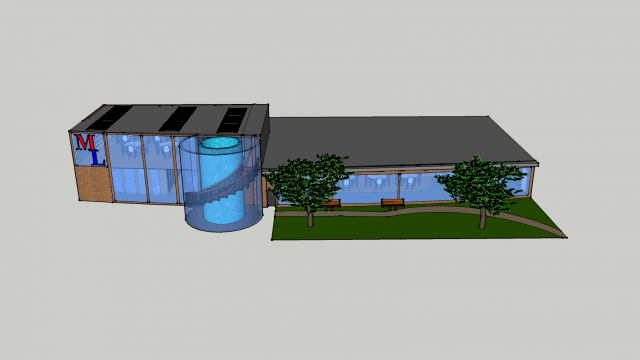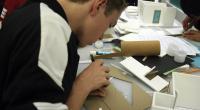
2013 national competition project | Library Redesign #191
We are currently building an entirely new facility, which is expected to be open next year. The existing facility, as well as our library, will be demolished. Our new library does not exactly meet all the Ideas we would have liked to include, probably because it was designed to a realistic standard. However, if there was a chance to reshape the existing library, I have a good idea as to how we'd accomplish that.
Our current library has outdated technology, some windows, and certainly not enough space for the growing classes.
I want to change that. I want to redesign our library into a place that allows students and staff to work comfortably. By providing new technology, more private labs, and open study space, I feel that this design would perform beyond the expectations, not just the requirements.
.png)


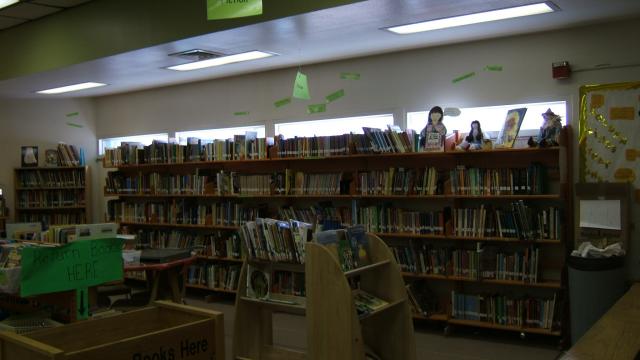
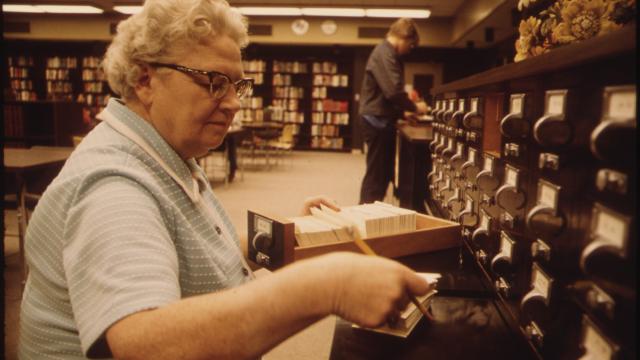

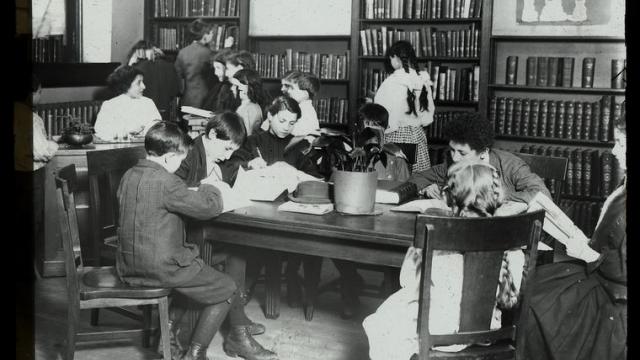
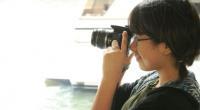







.html)
